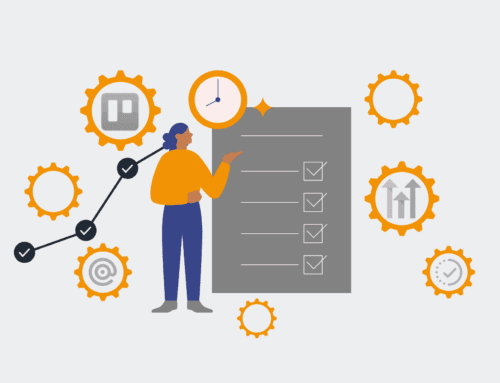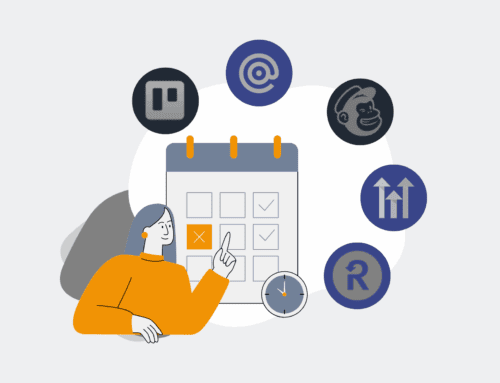How to Conduct a Pilot Program for AI Resume Parsing in Your HR Department
In today’s competitive talent landscape, efficiency and precision are paramount for HR departments. AI resume parsing offers a powerful solution to streamline candidate screening, but integrating new technology requires a strategic approach. Before full-scale implementation, a pilot program is essential to test the waters, gather data, and refine your process. This guide provides a practical, step-by-step framework to successfully conduct an AI resume parsing pilot, ensuring your HR team leverages innovation effectively and with confidence.
Step 1: Define Clear Objectives and Scope for Your Pilot
Before launching any technology initiative, it’s crucial to establish what success looks like. Begin by clearly defining the specific objectives for your AI resume parsing pilot. Are you aiming to reduce manual screening time by a certain percentage? Improve the accuracy of candidate matching for specific roles? Or perhaps enhance the candidate experience through faster initial responses? Simultaneously, delineate the scope of the pilot. Which departments or types of roles will be included? What volume of resumes will be processed? Limiting the scope allows for focused testing and easier measurement of outcomes. For example, you might choose to pilot with entry-level positions in a single department, providing a manageable environment to observe the AI’s performance and gather actionable insights without disrupting broader operations.
Step 2: Select Your Pilot Group and AI Parsing Tools
The success of your pilot hinges on selecting the right participants and technology. Identify a diverse group of HR professionals and recruiters who will actively engage with the AI parsing tool, providing valuable feedback from various perspectives. This group should include individuals who are open to innovation, as well as those who might be more skeptical, to capture a balanced view. Next, research and choose one or two AI resume parsing solutions that align with your defined objectives and budget. Consider factors like integration capabilities with your existing Applicant Tracking System (ATS), parsing accuracy across different resume formats, data security features, and ease of use. A hands-on evaluation during this selection phase can help narrow down options to those most suitable for your specific organizational needs and technical environment.
Step 3: Prepare Data and Establish Baseline Metrics
To accurately measure the impact of your AI pilot, you need to establish a clear baseline and prepare the necessary data. Gather a representative sample of resumes that mirror the typical applications your department receives. This sample should include a mix of successful hires, rejected candidates, and those who were suitable but not hired, covering various formats and levels of quality. Before deploying the AI, manually process this same dataset and meticulously record key metrics such as the time taken for screening, identification of relevant keywords, data extraction accuracy, and overall candidate qualification success rates. This baseline data will serve as a critical benchmark against which the AI’s performance can be compared, allowing you to quantify improvements or identify areas where the AI might underperform your current manual processes.
Step 4: Execute the Pilot Program and Gather Comprehensive Feedback
With objectives set, tools selected, and baselines established, it’s time to execute the pilot. Integrate the chosen AI resume parsing tool with your existing systems, if possible, or run it as a standalone process for the pilot group. Over a predetermined period (e.g., 4-6 weeks), have your pilot team use the AI tool to process incoming resumes according to the defined scope. Actively collect both quantitative data (e.g., parsing speed, data extraction accuracy, candidate shortlisting rates) and qualitative feedback. Conduct regular check-ins, interviews, and surveys with the pilot group to understand their user experience, identify pain points, uncover unexpected benefits, and gauge their confidence in the AI’s outputs. Encourage open communication to foster a collaborative environment where feedback is seen as an opportunity for improvement.
Step 5: Analyze Results, Compare, and Iterate on Findings
Once the pilot period concludes, a thorough analysis of the collected data and feedback is crucial. Compare the AI’s performance metrics (e.g., processing time, accuracy, relevance) against the baseline established in Step 3. Did the AI meet or exceed your initial objectives? Identify specific areas where the AI excelled and where it fell short. Categorize the qualitative feedback into themes such as usability, accuracy, integration challenges, and potential enhancements. Based on this comprehensive analysis, iterate on your understanding of the AI’s capabilities and limitations. This might involve adjusting configuration settings, retraining the AI with more specific data, modifying workflows, or even revisiting your choice of tool if significant shortcomings are identified. The goal is continuous improvement, refining the process for potential future deployment.
Step 6: Plan for Scalability or Strategic Re-evaluation
The final step in your pilot program is to determine the path forward based on the insights gained. If the pilot demonstrated significant positive outcomes and met your objectives, begin planning for a phased or full-scale implementation across the HR department. This would involve developing a comprehensive implementation roadmap, training broader teams, and integrating the AI tool more deeply into your talent acquisition ecosystem. If, however, the pilot revealed significant challenges, failed to meet key objectives, or proved less effective than manual processes, it’s time for a strategic re-evaluation. This could mean exploring alternative AI solutions, conducting another pilot with different parameters, or deciding that AI resume parsing isn’t the right fit for your current needs. Document all findings and decisions to inform future technology investments and ensure an agile, data-driven approach to HR innovation.
If you would like to read more, we recommend this article: The Intelligent Evolution of Talent Acquisition: Mastering AI & Automation









